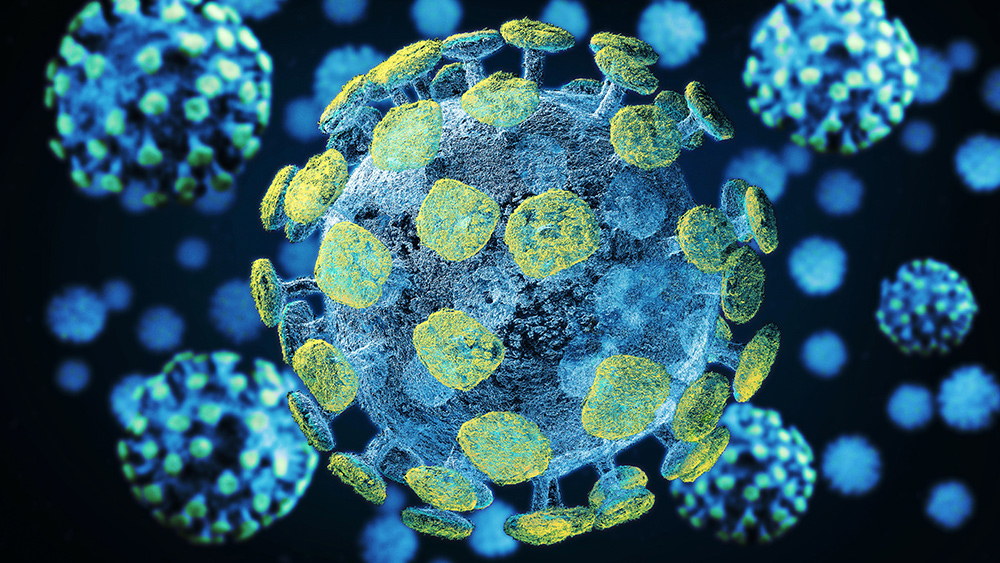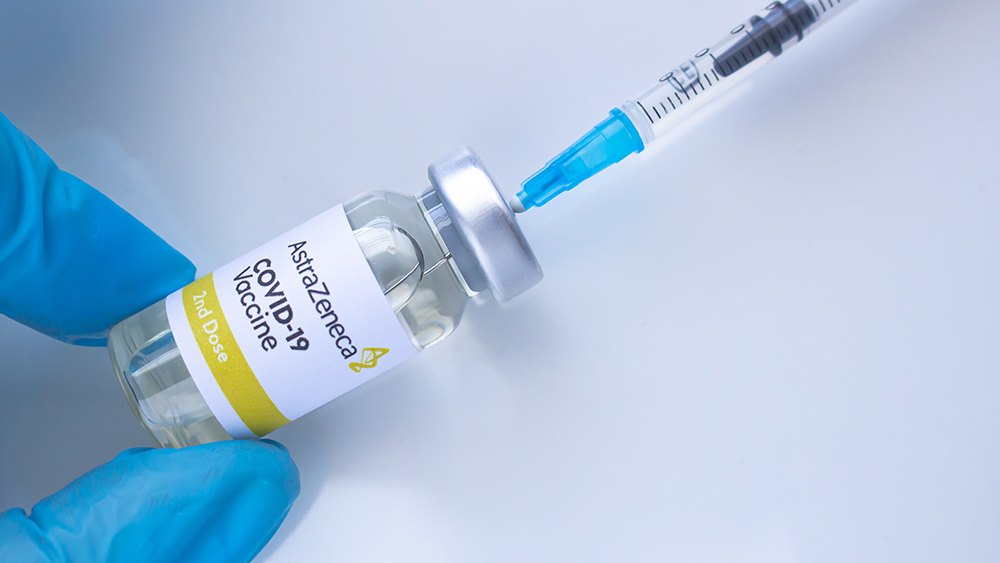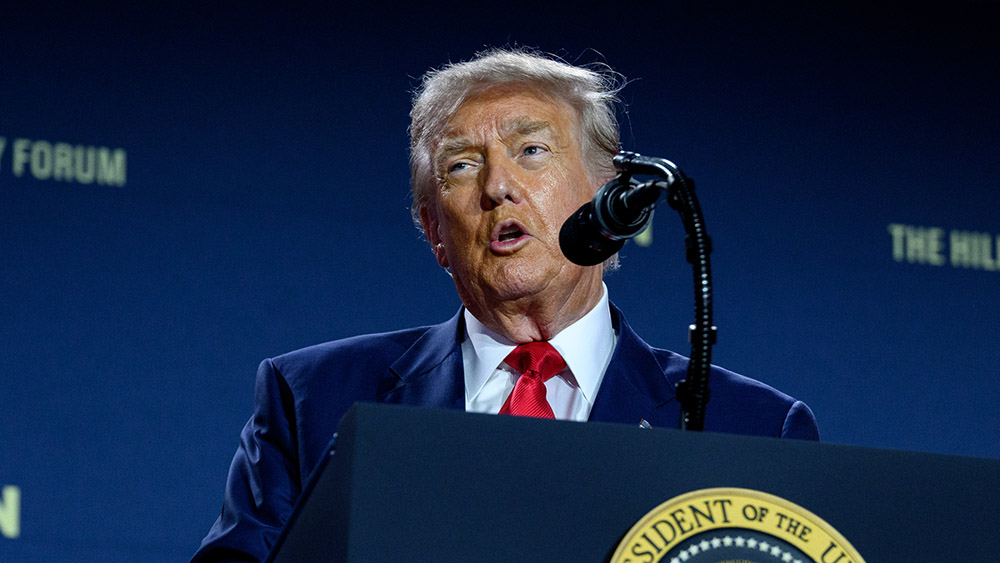
Five most prominent coronavirus mutations
In January, researchers reported for the first time that antibodies from individuals with COVID-19 did not completely neutralize a variant first identified in South Africa. A few people who recovered from the disease also appeared to have been reinfected with the mutant virus. According to Scientific American, the five of the most prominent variants discovered are 20A.EU1, B.1.1.7, B.1.351, P1 and P2. The 20A.EU1 variant, first identified in Spain, contains a mutation called A222V on the viral spike protein. The spike is a component of the coronavirus that binds to a receptor on human cells called ACE2, and this attachment helps the virus get inside those cells and infect them. The spike protein is also the part of the pathogen that is targeted by human antibodies when they fight back against the infection. In lab tests, human antibodies were slightly less effective at neutralizing viruses with the A222V mutation. Over the course of several months, the 20A.EU1 variant became the dominant one in Europe. But epidemiologists never saw any evidence that it was more transmissible than the original. Researchers believe that when Europe began lifting travel restrictions last summer, the variant that was dominant in Spain spread across the continent. Scientists in the UK had been watching the B.1.1.7 variant for some time before announcing in December last year that it might be at least 50 percent more transmissible than the original form. That announcement was based on epidemiological data that showed the virus rapidly spreading throughout the nation. And it led to international travel bans and stronger lockdown measures in the UK. Despite initial concerns, there has been no real evidence that the variant is more infectious in children than the original, said University of Cambridge microbiologist Sharon Peacock, who is also the executive director of the COVID-19 Genomics UK (COG-UK) Consortium, a group that analyzes genetic changes to the virus. Both Pfizer and Moderna believe that their COVID-19 vaccines will still work against B.1.1.7. Recent data from the UK hint that the variant may be more lethal than the original, but the analyses are preliminary. The B.1.351 variant appeared around the same time as B.1.1.7, and it spread quickly in South Africa to become the dominant version in that country. Like its European counterpart, B.1.351 contains the N501Y mutation, although evidence seems to suggest the two variants arose independently. But scientists are more concerned about another mutation called E484K that appears in the South African version. The genetic change may help the virus evade the immune system and vaccines. In January, researchers reported they had detected two new variants in Brazil, both descendants of a somewhat older common ancestor variant. Of the two, researchers were more concerned about P.1. That variant contains more mutations than P.2 (though both have the E484K mutation), and it has already been seen in Japan and other countries.Big Pharma may need to make updated version of coronavirus vaccines
Early last year, scientists at the U.K.'s University of Bath and the University of Edinburgh said that SARS-CoV-2 is being mutated by human proteins that degrade it, and that "natural selection" of the virus is enabling it to bounce back. "Natural selection – survival of the fittest – is allowing the virus to fight back against the mutational process," the scientists said. Professor Laurence Hurst, director of the Milner Center for Evolution at the University of Bath, said: "I have looked at mutational profiles for many organisms and they all show some sort of bias, but I've never seen one as strong and strange as this." The scientists noted that all organisms mutate but this is usually a random process as a result of mistakes made when DNA is copied. "In the case of SARS-CoV-2, mutation may well not be a random process and that instead humans are mutating it, as part of a defense mechanism to degrade the virus," the scientists explained. According to the scientists, the results of possible mutations could have implications for vaccine design. "Knowing what selection favors and disfavors in the virus is really helpful in understanding what an attenuated version should look like," said Hurst. Vaccines made by Moderna and Pfizer seem to work against the new variants, although Moderna has started developing a booster shot specific to new variants. Experts said a slight drop in effectiveness would still make both vaccines worth using because they showed more than 90 percent effectiveness in trials. "I'm optimistic this won't compromise the [COVID vaccines], but obviously, it's something we've got to watch closely," Lauring said, adding that companies may need to retool these vaccines and administer updated versions in the coming years, much in the same way that flu vaccines are revised each year. (Related: IT NEVER ENDS: How many doses of vaccine will be pushed for every new coronavirus mutation?) Follow Pandemic.news for more news and information related to the coronavirus pandemic. Sources include: ScientificAmerican.com FoxNews.comFauci and the NIH caught funding China’s covid bioweapons research
By Mike Adams // Share
STUDY: Pfizer vaccine causes catastrophic damage to every system of your body
By Ethan Huff // Share
Lockdowns BACKFIRE: Areas with most aggressive covid lockdowns saw highest infection numbers
By Ethan Huff // Share
Australian woman dies from blood clots days after getting AstraZeneca vaccine
By Arsenio Toledo // Share
Moderna to cut UK, Canada coronavirus vaccine supplies, citing shortfall
By Nolan Barton // Share
Trump announces $1,776 "Warrior Dividend" for military ahead of holiday season
By bellecarter // Share
U.S. approves $11 billion arms package for Taiwan, escalating tensions with China
By bellecarter // Share
Fired educators vow to fight on after Supreme Court rejects vaccine mandate case
By isabelle // Share











